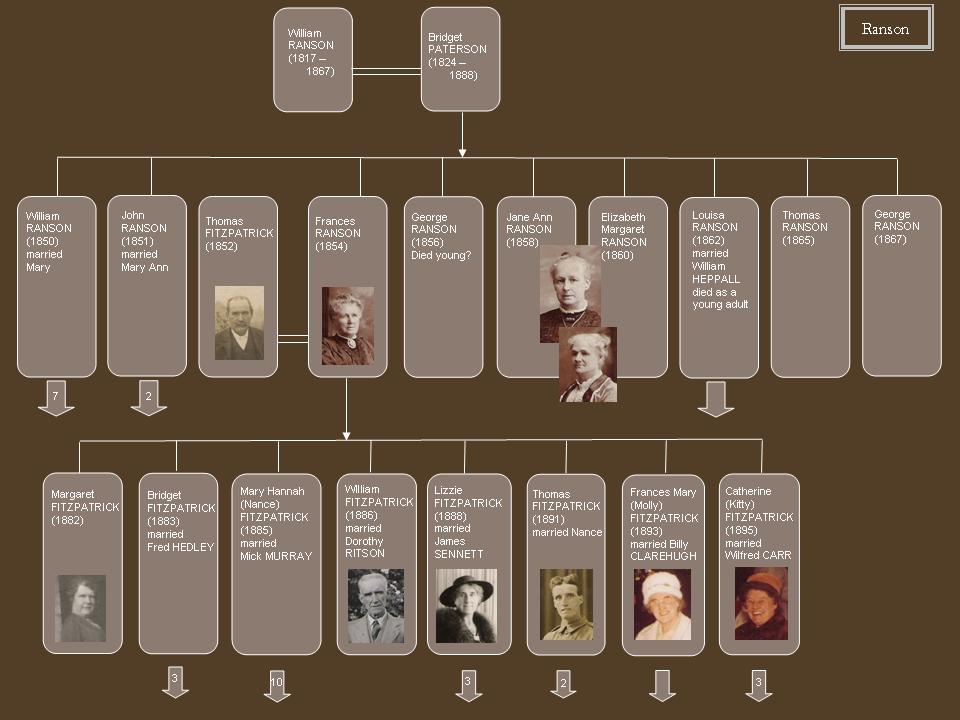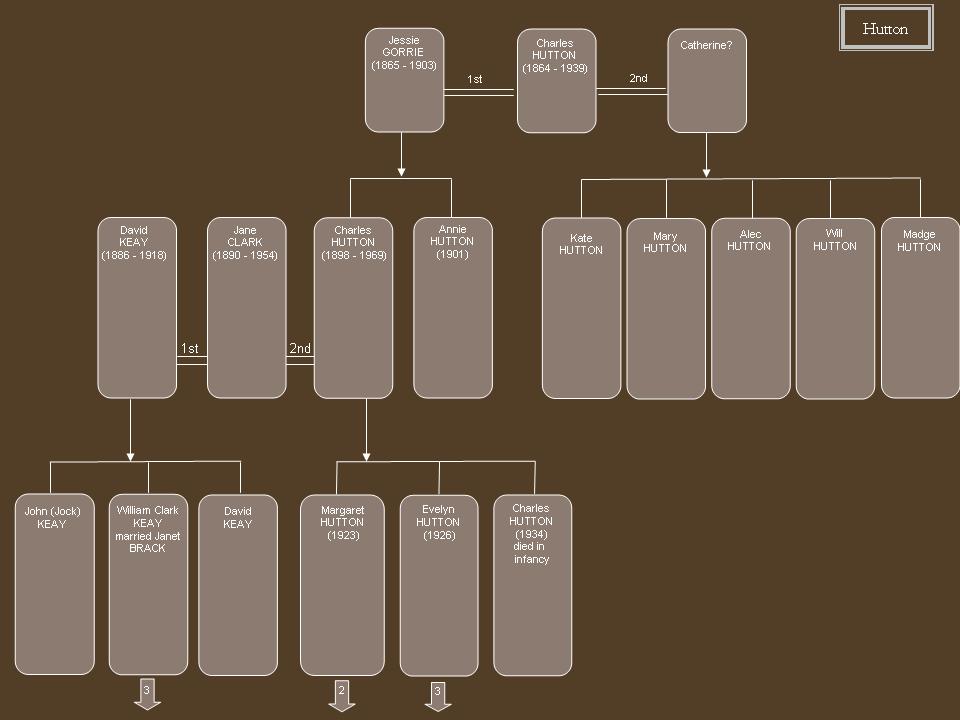I'd not heard of it before!
Thanks (once more!) to Heather for the tip - Tottenham was near Coundon, Co. Durham. Link here first gave her the tip.
Old maps show us that it was an area SE of Coundon, now simply part of Coundon. It seems to be just North of where the industrial zone is now - look for Helmsley Drive/Ambleton Road. Little of the historical landscape survives.
The maps below are very interesting. I have shamelessly clipped them from the excellent resource on mapping in County Durham (GIS). I find this is the only way I can describe the area I'm talking about - there were no postcodes to zip into Streetmap then! To get the full gist of the area, I'm sure you'll want to visit the site yourself - visit here and launch the GIS, then zoom in on the area East of Bishop Auckland to find Coundon. Perhaps the OS map would also be useful?
Latest - found a good historical map feature on the British History Online site, and here is the Tottenham area from 1859 - much easier to provide a link!
On this first map (dated 2004), you can see Collingwood St. running East-West through the map. Helmsley Drive is highlighted yellow.

Compare that with this map from the period circa 1856-1865.

You'll see there the site of a Limestone Quarry, which on later maps is shown as "Old Quarry" - and on the 1861 Census return the housing which accomodated our Sennett family was named "6, Quarry Houses". In modern times that would be approximately the site of Helmsley Drive, eh?
I can't be definitive, though as there a few quarries in the immediate area - e.g. to the East aswell.
The Durham County GIS features the street names in maps of later dates - they are (North to South) Tyne, Esk, Wye, Tees and Eden Terraces. The terraces seem to have been finally demolished in the 1960's.
Another place online which I find useful to see old maps is the Durham Miners Museum. See this page and you can see all the main collieries.
Another map shows us the lines for rails, waggonways, as well as pit shafts.
Other old maps of Durham - here or here.
From Cuna Don to Coundon Now
I've been passed some great pages of information about Coundon's heritage, from the book "From Cuna Don to Coundon Now" (read about it in this pdf document, on page 11). I'll share more later on the Housing, the mines, and on the churches; but for now just to say that I was grateful to receive it!













2 comments:
tres interessant, merci
I lived in Tottenham Coundon until 1963, my dad worked at Leasingthorne Colliery until 1961 when it closed and he transferred to Doncaster, he lodged there for 18 months travelling home at weekends until we all moved to Rossington in 1963, we lived in 2 or 3 of the streets and my grandparents lived in another until they moved into an Aged Miners bungalow opposite the Tottenham rows
Post a Comment